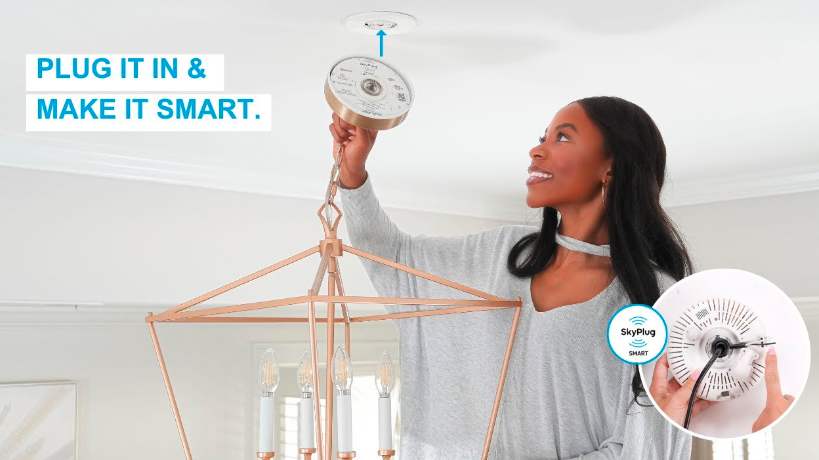Few people realize that electricity rates spike during peak hours, leading to unexpectedly high utility bills. However, smart lighting for energy conservation offers an effective solution when energy demand reaches its peak, helping homeowners take control of their consumption and costs.
Smart technology has revolutionized how we manage our homes, especially during crucial peak hours. By integrating automated controls and implementing daylight harvesting lighting systems, users can significantly reduce their energy usage while maintaining optimal illumination throughout their spaces.
To achieve these benefits, proper smart bulb selection, strategic programming, and optimization techniques are essential. But knowing the right way is necessary fro that. Let’s explore the accurate process for optimizing smart lighting during peak hours to maximize your energy savings.
Understanding Peak Hours and Energy Consumption
Peak hours typically occur during weekday afternoons and early evenings (usually 2 PM to 8 PM) when electricity demand soars. During these times, power companies charge premium rates – often 30-40% higher than off-peak hours – as homes and businesses simultaneously use more power.
Most consumers remain unaware of these rate variations, but understanding this pattern is crucial. By optimizing your lighting during these high-demand periods through smart automation and efficient management, you can achieve enough savings, potentially reducing your lighting costs by up to 40% during peak hours.
Smart Technology Integration
Modern smart lighting systems offer smart control over your home’s illumination. These systems can be programmed to automatically adjust based on:
- Time of day
- Room occupancy
- Natural light levels
- Peak hour schedules
Using smartphone apps or home automation hubs, you can easily create schedules that automatically dim or turn off lights during peak hours while maintaining comfortable lighting levels.
Making the Most of Natural Light
One of the most effective strategies for reducing energy consumption is implementing daylight harvesting lighting systems. These intelligent solutions automatically adjust artificial lighting based on the amount of natural light available, ensuring optimal illumination while minimizing energy usage.
Practical Tips for Peak Hour Optimization
Making the most of your smart lighting during peak hours doesn’t have to be complicated. With a few simple yet effective strategies, you can significantly cut down your energy bills while keeping your home perfectly lit. Some practical tips that anyone can implement, from basic zoning techniques to smart sensor solutions.
1. Zone-Based Control
- Divide your home into lighting zones
- Program different settings for each area based on usage patterns
- Ensure unused areas automatically switch off during peak hours
2. Dimming Strategies
- Set lights to operate at 80% brightness during peak hours
- Use task lighting instead of whole-room illumination
- Implement automatic dimming in response to natural light levels
3. Motion Sensors and Timers
- Install motion sensors in less-frequently used areas
- Set timers to coincide with peak hour schedules
- Use countdown timers for occasional-use spaces
Smart Bulb Selection
Every smart lighting setup starts with choosing the right bulbs. Smart bulbs today come with many features that can help cut your power bills – from simple dimming to changing brightness based on the time of day. Let’s look at which bulbs will work best for your home.
- LED smart bulbs with high energy efficiency ratings
- Color-temperature adjustable bulbs for better alignment with natural light
- Long-lasting bulbs to reduce replacement costs
Programming for Maximum Savings
Getting the most out of your smart lights is all about setting them up the right way. Good programming tells your lights exactly when to turn on, dim, or shut off – especially during those costly peak hours. Some simple ways to program your lights for bigger savings.
- Automatically reduce lighting intensity during peak hours
- Adjust based on seasonal changes in daylight
- Respond to real-time electricity pricing when available
Monitoring and Adjustment
Setting up smart lights is just the start – keeping an eye on how they work helps you save even more money. Regular checks and small tweaks to your lighting setup ensure you’re always getting the best results during peak hours. So, track your energy usage through:
- Smart home energy monitoring systems
- Regular review of electricity bills
- Adjustment of settings based on usage patterns
Common Mistakes to Avoid
Even with smart lighting, simple errors can lead to higher energy bills during peak hours. By knowing these common pitfalls, you can make sure your smart lighting system works at its best to save you money.
- Over-illumination during peak hours
- Ignoring natural light availability
- Failing to update schedules seasonally
- Not utilizing dimming capabilities
- Overlooking maintenance needs
Maintenance Tips For Smart Lighting
Just like any technology, smart lights need basic care to keep saving you money. A few simple upkeep steps can make sure your lights stay efficient:.
- Clean light fixtures and sensors
- Update software and firmware regularly
- Check and adjust motion sensor settings
- Verify timer accuracy
- Replace aging bulbs before they fail
Future Savings Potential
Smart lighting technology keeps getting better, offering new ways to cut energy costs. As these systems improve, homeowners can look forward to even more creative ways to save during peak hours like:
- Better integration with renewable energy systems
- More sophisticated automation capabilities
- Improved energy efficiency
- Enhanced user control options
Conclusion
Optimizing smart lighting for energy savings during peak hours doesn’t have to be complicated. By implementing these strategies and making use of modern technology, you can significantly reduce your energy consumption and costs while maintaining comfortable lighting levels throughout your home.
Whether you’re just starting with smart lighting or looking to optimize an existing system, these strategies can help you achieve meaningful reductions in both energy usage and costs, particularly during those crucial peak hours when savings matter most.

